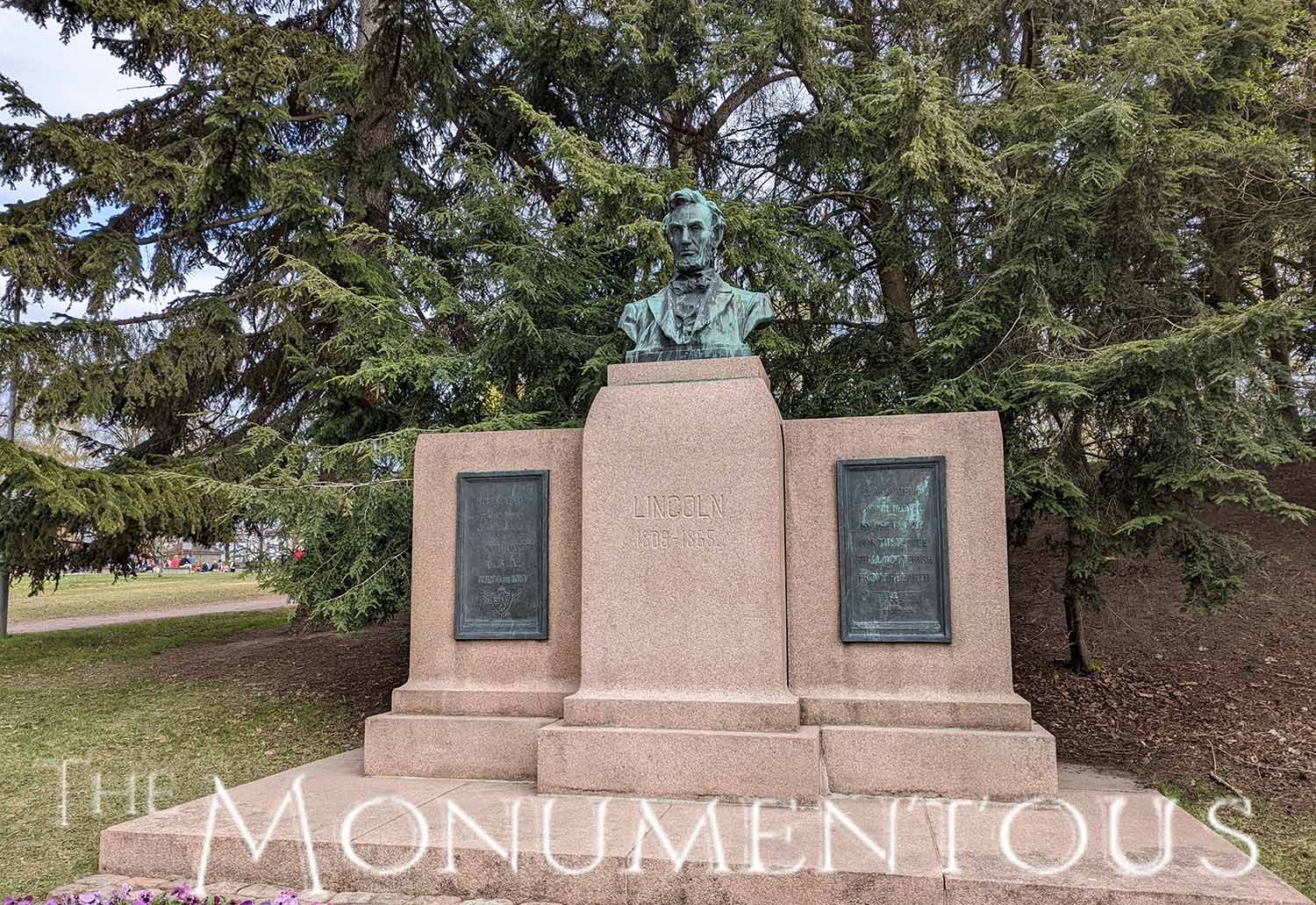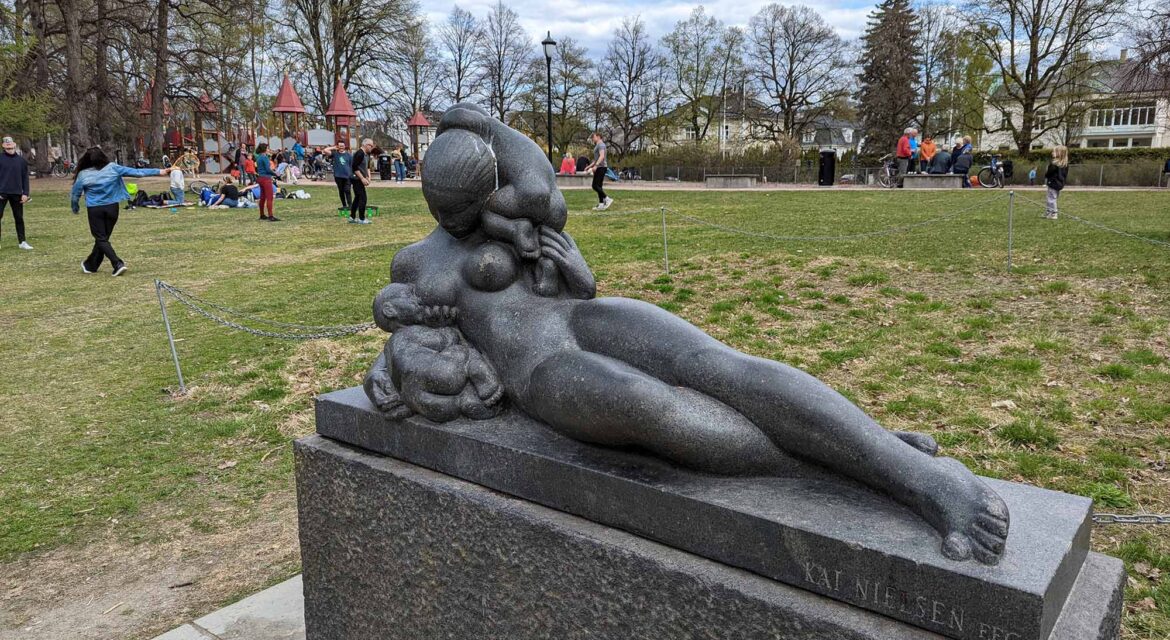 The biggest park in the center of Oslo, Norway, Frogner Park (Frognerparken) is much more than an urban greenspace. While the area has become synonymous with the sculptures that define the Vigeland installation, the entire Olso community has embraced the natural and created landmarks across the entire space, helping to transform Fronger Park into a destination for audiences of all types.
The biggest park in the center of Oslo, Norway, Frogner Park (Frognerparken) is much more than an urban greenspace. While the area has become synonymous with the sculptures that define the Vigeland installation, the entire Olso community has embraced the natural and created landmarks across the entire space, helping to transform Fronger Park into a destination for audiences of all types.

From Private Manor to Community Destination
 Fronger Park derives its name from the Frogner Manor that was built in an undeveloped section of Oslo in 1750 by Major Hans Jacob Scheel. After being further expanded over the following decades, the land and manor were sold to the city in 1896. A monumental bronze fountain by Gustav Vigeland was installed in 1924 was the first significant landmark installed in the park. The bronze reliefs along the outer side of the pool represent the eternal life cycle of mankind, all of which is connected to themes of the Vigeland installation that dominates Fronger Park.
Fronger Park derives its name from the Frogner Manor that was built in an undeveloped section of Oslo in 1750 by Major Hans Jacob Scheel. After being further expanded over the following decades, the land and manor were sold to the city in 1896. A monumental bronze fountain by Gustav Vigeland was installed in 1924 was the first significant landmark installed in the park. The bronze reliefs along the outer side of the pool represent the eternal life cycle of mankind, all of which is connected to themes of the Vigeland installation that dominates Fronger Park.
Over 200 sculptures in granite, bronze and wrought iron define what is sometimes called “Vigeland Park” or “Vigeland Sculpture Park.” These 212 sculptures personify the identity of the entire park, which includes the Monolith and the Bridge. However, there are various other landmarks and features of Fronger Park.

Monuments, Museums and More
 Natural and created landmarks are intertwined across Fronger Park. Over 14,000 roses are categorized into 150 different types across the space, while a war memorial and a monument dedicated to Abraham Lincoln highlight a few of the distinct legacies that are honored in the space. The Children’s Playground provides audiences with a place to engage and connect, while the café and a restaurant represent a direct means of revenue. Visitors can also go into the original Frogner Manor that is now occupied by the Oslo City Museum as well as the Vigeland Museum, which served as Gustav Vigeland’s studio and residence the last twenty years of his life. It houses a nearly complete collection of his art.
Natural and created landmarks are intertwined across Fronger Park. Over 14,000 roses are categorized into 150 different types across the space, while a war memorial and a monument dedicated to Abraham Lincoln highlight a few of the distinct legacies that are honored in the space. The Children’s Playground provides audiences with a place to engage and connect, while the café and a restaurant represent a direct means of revenue. Visitors can also go into the original Frogner Manor that is now occupied by the Oslo City Museum as well as the Vigeland Museum, which served as Gustav Vigeland’s studio and residence the last twenty years of his life. It houses a nearly complete collection of his art.
This variety along with plenty of green space to do anything from relaxing on the grass to taking a stroll in the natural surroundings to experiencing the sculptural landmarks highlights what it can mean for a park to become part of a community in a way that defines the identity of an entire city in the present and for the future.

The Value of Individual and Collective Monuments
 Attracting anywhere from 1-2 million visitors every year, Fronger Park has been mentioned as a top attraction for Oslo and all of Norway, highlighting the legacy of connection and engagement that it represents for audiences of all types. The identity that it has cultivated has allowed it to become an important point of connection for audiences of all types, showcasing the value that individual and collective monuments can enable for communities, cities and entire countries.
Attracting anywhere from 1-2 million visitors every year, Fronger Park has been mentioned as a top attraction for Oslo and all of Norway, highlighting the legacy of connection and engagement that it represents for audiences of all types. The identity that it has cultivated has allowed it to become an important point of connection for audiences of all types, showcasing the value that individual and collective monuments can enable for communities, cities and entire countries.

